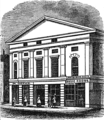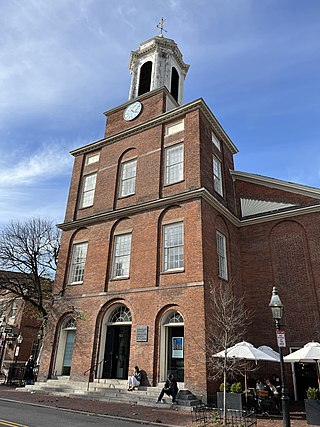
The Charles Street Meeting House is an early-nineteenth-century historic church in Beacon Hill at 70 Charles Street, Boston, Massachusetts.

Isaiah Rogers was an American architect from Massachusetts who eventually moved his practice south, where he was based in Louisville, Kentucky, and Cincinnati, Ohio. He completed numerous designs for hotels, courthouses and other major buildings in Boston, Massachusetts, and New York City, before that relocation.
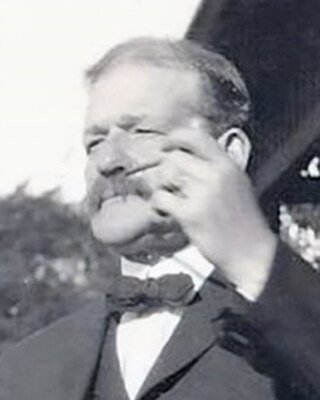
Arthur H. Vinal was an American architect who lived and worked in Boston, Massachusetts. Vinal was born in Quincy, Massachusetts, on July 1, 1855, to Howard Vinal and Clarissa J. Wentworth. Vinal apprenticed at the firm of Peabody & Stearns in Boston before leaving to start his own practice in 1875. Vinal started a partnership with Henry F. Starbuck in 1877; the firm broke up when Starbuck moved away. Vinal served as the second City Architect of Boston from 1884 to 1887. Vinal is principally known for his Richardsonian Romanesque High Service Building at the Chestnut Hill Reservoir (1887). In addition to his other public buildings, Vinal designed numerous residences in Boston and nearby suburbs.

Tremont House, sometimes called the Tremont Hotel, was a hotel designed in 1829 by Isaiah Rogers in Boston, Massachusetts. Notable guests included Davy Crockett and Charles Dickens.

The Tremont Theatre (1827–1843) on 88 Tremont Street was a playhouse in Boston. A group of wealthy Boston residents financed the building's construction. Architect Isaiah Rogers designed the original Theatre structure in 1827 in the Greek Revival style. The playhouse opened on 24 September 1827.
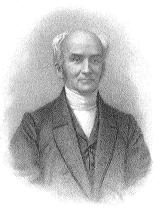
Timothy Gilbert was an American piano manufacturer, abolitionist and religious organizer in Boston, Massachusetts. His brother Lemuel Gilbert was also a piano manufacturer.

The Boston Music Hall was a concert hall located on Winter Street in Boston, Massachusetts, with an additional entrance on Hamilton Place.

Tremont Street is a major thoroughfare in Boston, Massachusetts.

The former Temple Beth-El is a historic building located at 8801 Woodward Avenue in Detroit, Michigan. It was built in 1921 and listed on the National Register of Historic Places in 1982.
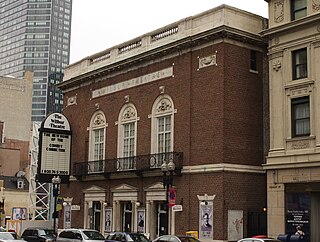
The Wilbur Theatre is a historic performing arts theater at 244–250 Tremont Street in Boston, Massachusetts. The Wilbur Theatre originally opened in 1914, but underwent renovations in 2008. The Wilbur Theatre sits in the heart of Boston's historic theater district and is known for hosting live comedy and music.
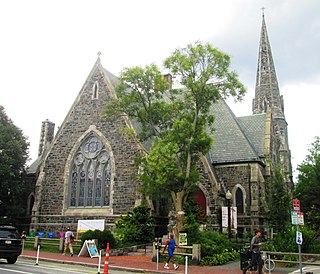
The Old Cambridge Baptist Church is a historic American Baptist church at 400 Harvard Street in Cambridge, Massachusetts.

Clarence Howard Blackall was an American architect who is estimated to have designed 300 theatres.

The Brattle Street Church (1698–1876) was a Congregational and Unitarian church on Brattle Street in Boston, Massachusetts.

The Tremont Street Methodist Episcopal Church, located at 740 Tremont Street in Boston, Massachusetts, was built in 1862 from a design by architect Hammatt Billings. In the late 1960s it became the New Hope Baptist Church.

The Mechanicsburg Baptist Church is a historic church in the village of Mechanicsburg, Ohio, United States. Constructed for a Methodist congregation in the late nineteenth century, the building was taken over by Baptists after the original occupants vacated it, and it has been named a historic site.

Mount Vernon Church in Boston, Massachusetts, was a Congregational church located on Beacon Hill (1844–1891) and later in Back Bay (1892–present).
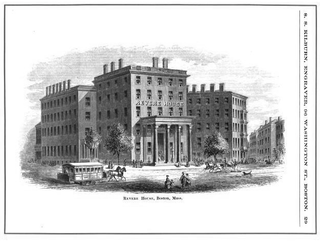
William Washburn (1808–1890) was an architect and city councilor in Boston, Massachusetts, USA, in the mid-19th century. He designed Boston's National Theatre (1836), Revere House hotel (1847), Tremont Temple (1853) and Parker House hotel (1854). He served on the Boston Common Council from ward 6 in 1854 and 1855. He was chairman of the Boston Board of Aldermen in 1855.

The Exeter Street Theatre is a Richardsonian Romanesque building at the corner of Exeter and Newbury Streets, in the Back Bay section of Boston, Massachusetts. It was built as the First Spiritual Temple, 1884–85, by architects Hartwell and Richardson. For seventy years, from 1914 to 1984, it operated as a movie house. It now houses the Kingsley Montessori School.
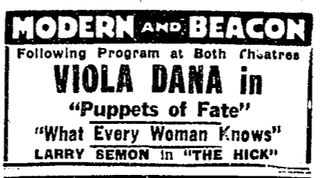
The Beacon Theatre was a cinema on Tremont Street in Boston, Massachusetts built in 1910 and closed in 1948. Jacob Lourie established it. Architect Clarence Blackall designed the building, with its 500-seat auditorium which a contemporary critic described as "showy." It had a staff of 26 in 1910. In 1948 the "refurbished" building became the Beacon Hill Theater. The building existed until 1970.

Domingo Mora (1840–1911) was a Spanish-American sculptor and architectural sculptor.



